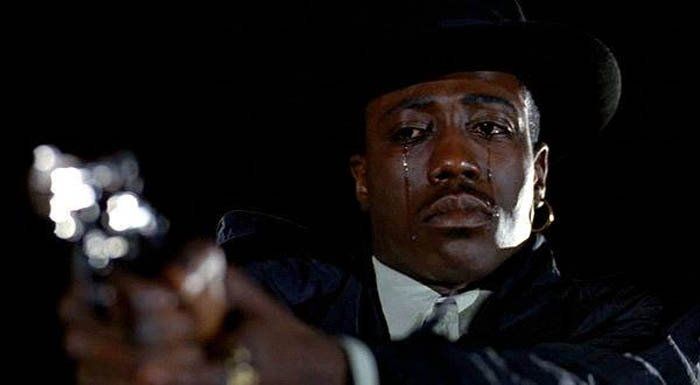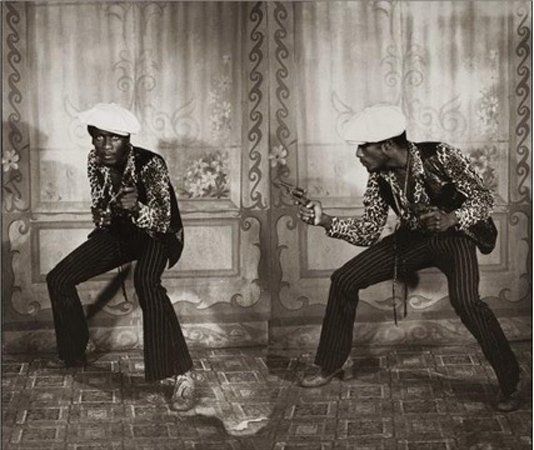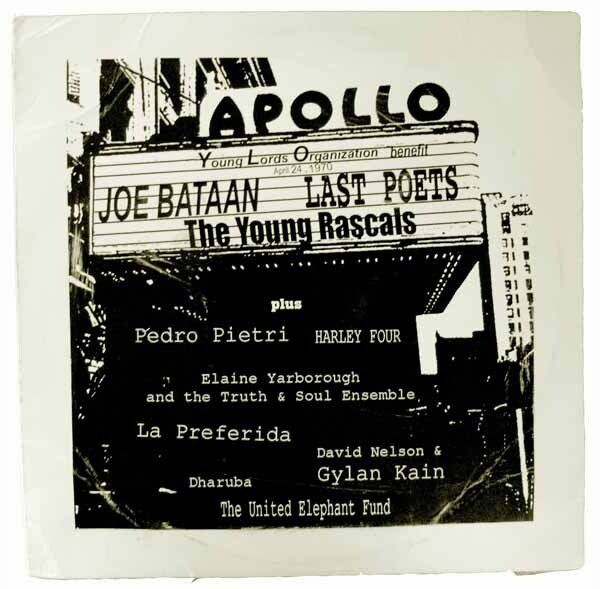
“[The] first, best use of a time machine, Alice-- Going to see all those classic gigs in the universe that you ’ ve only ever read about.” -The Eleventh Doctor
“Let us begin. What Where Why or When.....” -The Teacher
Time Travel. There are plenty of options to be sure. Bringing Nat Turner some much needed info just ahead of his insurrection (Snitches get stitches!). Maybe showing up to the Audubon Ballroom and whisking Malcolm away just before that sawed off snatched him away. Or actually talking to that Theatre Dept. girl in my art history class.....but I digress.
These are all good choices yes, but in advance of those more serious time trips, a leading authority [The good Doctor quoted above] has suggested that one should first string together series of musical jaunts. Fantastic voyages to those missed concerts and club shows that still haunt the unconscious alcoves in your mind. I lay here for you a list of 10 concerts I would visit were I to procure a candy painted DeLorean with an after market Flux Capacitor
First Stop
Outkast , Austin 2001
Stankonia Tour
As I understand it, this was their magnum opus of live performances. It has been Outkast’s music that has most continuously travelled with me from dorky teen to dorky adult. In 2001 I was Living in Austin, earning my graduate art degree from UT. Though I could have easily attended the Austin performance, I forfeited this opportunity so that I could catch them with my Girlfriend during their stop in Houston 3 days later. After the Austin show they promptly cancelled the Houston show. One half of the duo, Andre’ 3000, wouldn’t tour again for ten years. DOH!

Fresh Fest 1985 (1984?)
This has always been a real FOMO moment for me. A classic and pivotal point on rap music’s grand arc, Fresh Fest was the first large scale national hip hop tour. Headlining the show was Run DMC, Whodini and LL. Hip Hop royalty to be sure. This tour travelled all around the US, and here in Houston, it took place at Astroworld’s Southern Star Amphitheater. With Astroworld being demolished a few years back, I imagine seeing this performance there would have made this memory even more sentimental.
Somewhere in 1982
lets get a little unconventional for our requisite Michael Jackson stop and see if we can sneak onto the set of MJ’s Beat It video. Dystopian rollerblading gangland dance battles? Perfection. Is it blasphemous for me to say that Beat It is a much better video than Thriller?
Zaire 1974
Shifting time gears a bit further back to 1974 and across the waters to Kinshasha Zaire to the ZAIRE 74 Music Festival. 3 days of music from the U.S. and the motherland headlined most notebly by Bill Withers, Miriam Makeba and James Brown along with a plethora of other Soul and R&B groups. The entire event was capped with off with the Ali VS Foreman Rumble in the Jungle.
Kalakuta Republic 1975
Since we are already on the continent, lets move a bit north and west and maybe a year ahead to 1975 and see if we can get into Fela Kuti’s Kalakuta Republic and hang out for a few days, weeks or months. Fela declared his compound home an independent nation and held nightly trance inducing concerts. Let’s just make sure we take our leave before the state army rushed in and brought it all to a close.
Egypt 1971
Where to next? To kick it with Sun Ra and his Arkestra as they played a series of shows around the Egypt. I think Specifically I wanna roll with them as they visit the pyramids and perform an impromptu and mobile concert in the desert. Sun Ra, as a cult figure, has always inspired me. The video of them twirling in the desert feels like the completion of an idea. His music is in part rooted in a cosmic interpretation of Egyptian mythologies, and to perform at those sites, I’m sure felt like a culmination. I would love to have joined in.
Congo Square
New Orleans sometime in the 18teens
Congo Square, the gathering place for slaves in New Orleans where most of the music you listen was probably birthed. But, actually, scratch that. Not fucking with slavery like that.
Somewhere on Dowling Street in the 1940’s maybe?
Rumor has it that Lighting Hopkins would sometimes play on the local bus route on Dowling in 3rd ward. Present day Houston doesn't have much a street performance culture. It’s noteworthy that Lighting used this form as a way to find an audience. A pretty raw venue to be sure.
JY 1989
Houston Texas
In 1989 my family moved from 3rd ward to South Park and I missed out on the cultural experience of attending Jack Yates High School. My brother, however, being 4 years older than me did not. He in fact was a prominent member of JY’s Marching band, often playing lead Trumpet. Unfortunately I had few opportunities to see him perform. (Unless you count him practicing in our front yard.) After High-school he quickly acclimated to adulthood (Much quicker than I did) and stopped playing music. I think I would arrive during his senior year and see him play the halftime show of one of Yates’ home games. Maybe even against my own alma mater, Ross Sterling.
Tombass Park
My final stop could probably be any summer in the last 40 years or so. I think I would find some random black family reunion, fix me a plate and wait for the inevitable moment when somebody’s uncle starts bumpin Frankie Beverly and Maze. Hopefully ending with Golden Time of Day. *
*technically, this trip is actually possible.








